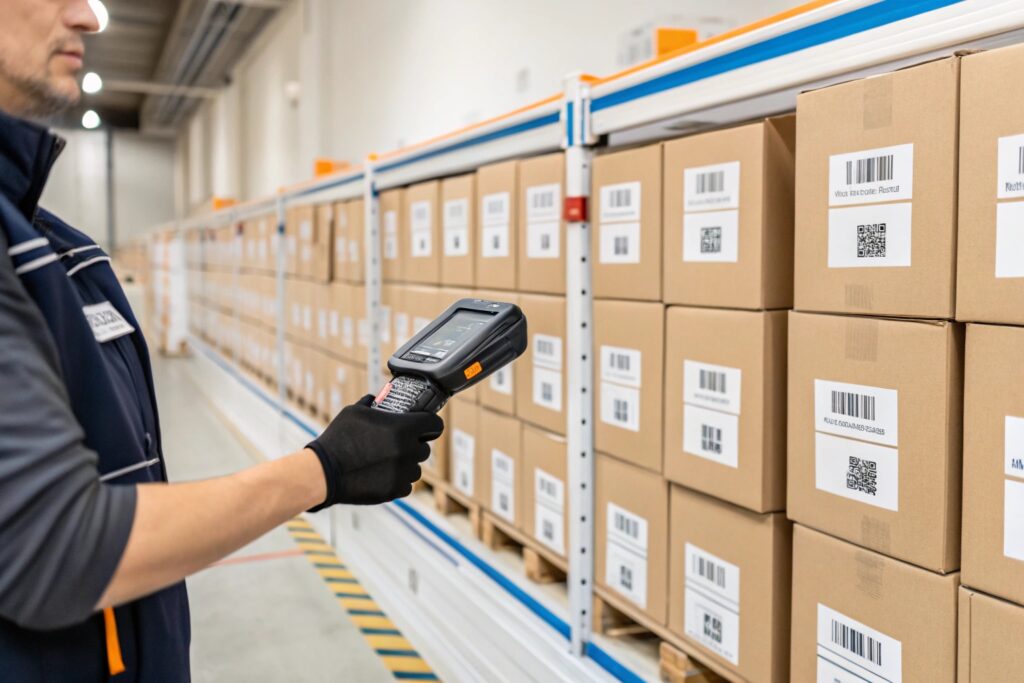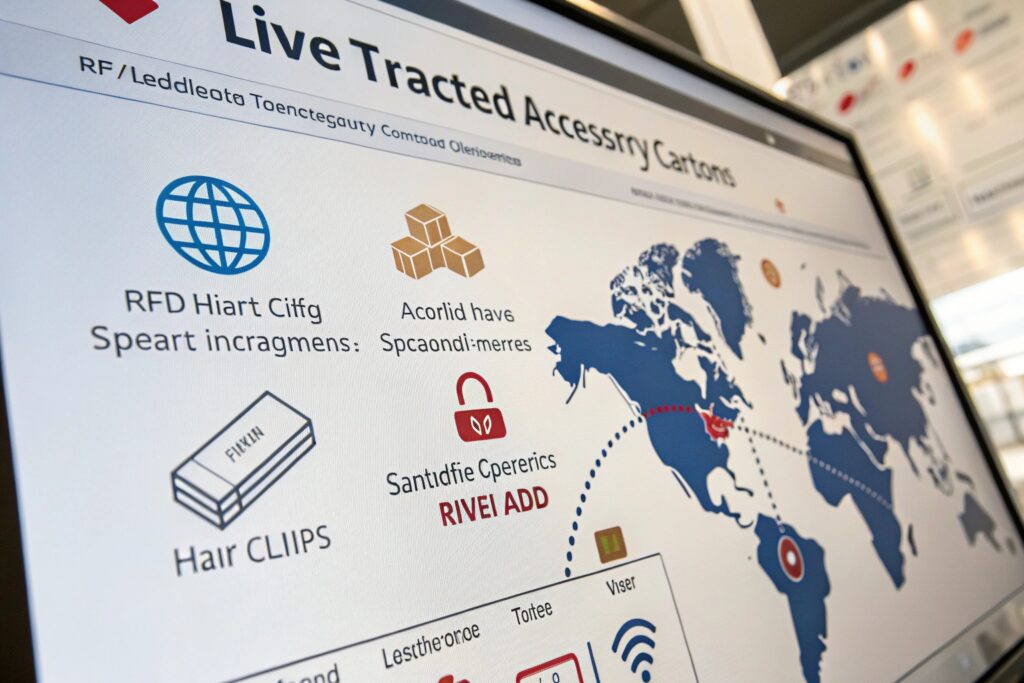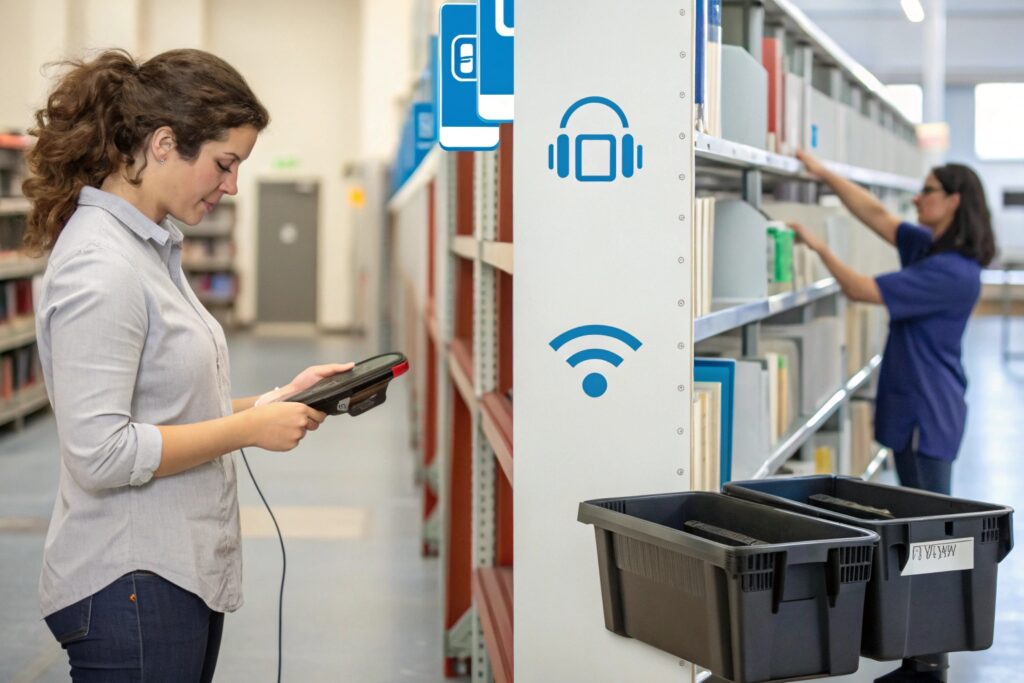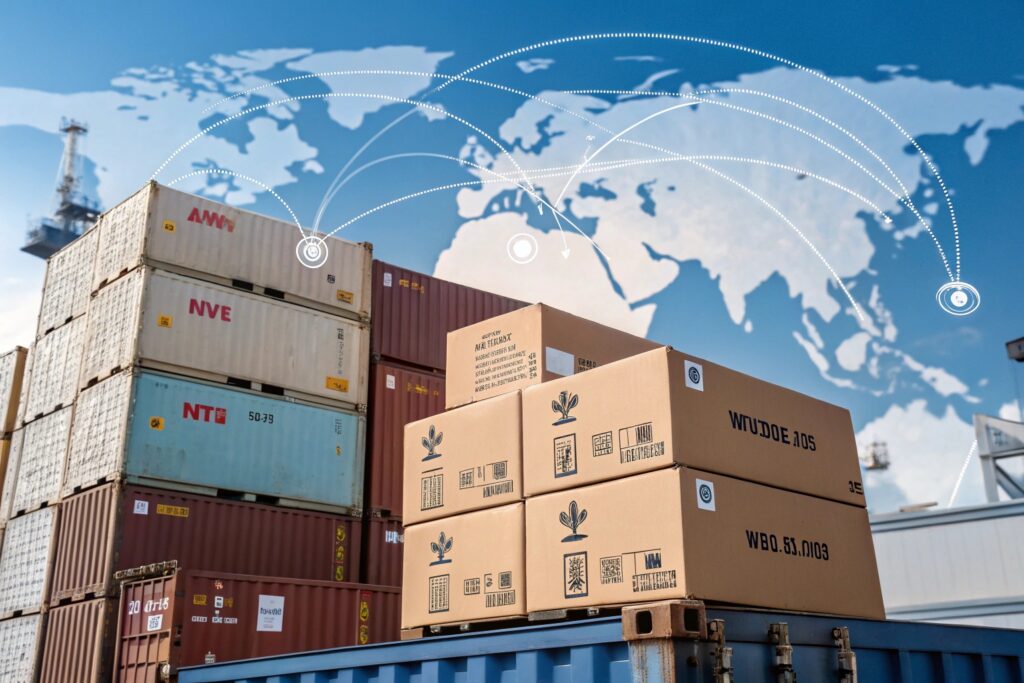Lost cartons, missing SKUs, or late arrivals? If you ship thousands of accessories each month, these issues feel all too familiar. But there's a smarter way.
RFID technology improves accessory inventory management by enabling real-time tracking, automated scanning, and faster verification at every stage of transit—from warehouse to final delivery.
At AceAccessory, we’ve started helping clients apply RFID to hair clips, scarves, and hats—cutting check-in time, avoiding carton confusion, and making import verification smoother than ever.
How does RFID improve inventory management?
Manual barcode scanning can only go so far—especially when you’re dealing with thousands of small, lightweight accessories packed into shared containers.
RFID (Radio Frequency Identification) improves inventory management by allowing for non-contact, bulk item scanning, real-time location tracking, and automated updates without visual line-of-sight.

What’s the core difference between RFID and barcodes?
| Feature | Barcode | RFID |
|---|---|---|
| Line of sight | Required | Not required |
| Read range | Few inches | Up to several meters |
| Bulk reading | One-by-one | Many tags at once |
| Data overwrite | Not possible | Possible with active RFID |
| Speed | Slower (manual) | Faster (automated) |
In our shipments, we often place passive RFID tags inside polybags or on outer carton labels. At checkpoints—like warehouse exit, port entry, or customs—RFID scanners can instantly verify contents.
How does this reduce errors?
- No need to open each box to check PO or SKU
- Less chance of label mismatch or carton swap
- Faster QC matching to system records
For one U.S. hat retailer, we reduced receiving time from 3 hours to 35 minutes using RFID-enabled shipment verification.
Which of the following is a benefit of using RFID technology in inventory management?
Faster inventory check-in? Yes. Better traceability? Also yes. Less human error? That too.
RFID offers key benefits like real-time visibility, reduced human error, faster stocktake, loss prevention, and smoother reconciliation during freight transfers or customs checks.

Key RFID benefits for accessory inventory:
| Benefit | How It Applies to Accessories |
|---|---|
| Real-time tracking | See where your 5,000 scarves are—even inside the port |
| Bulk scanning | Scan 30 cartons at once vs. 1 by 1 |
| Lower labor costs | Less manpower needed to verify shipments |
| Loss and theft prevention | Detect if cartons go missing during handover |
| Improved traceability | Know when and where items were last scanned |
| Faster returns & replacements | Scan-and-verify instead of manual match |
We helped a client with 20+ SKUs per shipment apply RFID tags on inner packs. When a shipment arrived with 2 missing SKUs, RFID logs showed the missing batch never left our factory—saving them from blaming the forwarder.
How does RFID technology enhance the library management?
While library systems may seem unrelated to accessories, the principle is the same: tracking large volumes of small, similar-looking items with speed and precision.
RFID enhances library management by automating book check-ins/check-outs, real-time shelf tracking, and inventory accuracy—much like managing thousands of hair clips or belts in a fulfillment center.

What’s the connection between RFID in libraries and in accessory shipping?
| Library RFID Use | Parallel in Accessories |
|---|---|
| Book check-in/check-out | Factory packing and customer receiving |
| Shelf locating system | Warehouse shelf bin location tracking |
| Anti-theft at exits | Theft/loss detection during container transfer |
| Auto-inventory updates | Live accessory stock and batch logging |
Just like libraries tag books with RFID chips, we can tag:
- Each headband bundle
- Cartons of scarves
- Pallet wrap for large accessory sets
This way, your inventory system knows what’s shipped, where it is, and what’s missing—before your buyer ever opens the box.
What are the benefits of RFID in logistics?
RFID doesn’t just help once goods arrive. It transforms the entire transit process—giving you visibility that traditional barcode-based systems simply can’t match.
RFID in logistics delivers faster tracking, better route visibility, automated container loading logs, and fewer delays from misplaced cartons—especially important for fragile, high-mix accessory shipments.

What problems does RFID solve during accessory transport?
| Problem | RFID Solution |
|---|---|
| Wrong carton loaded on truck | RFID gate scan alerts mismatch |
| Long customs inspection time | RFID logs confirm declared contents instantly |
| Missing SKUs at delivery | Reader checks each carton before final unload |
| Label peeled off or damaged | RFID still readable through packaging |
One of our scarf buyers in California used to lose 2–3 cartons per 40HQ. After switching to RFID-tagged master cartons + handheld scanners at each loading stage, their loss rate dropped to zero.
We now offer RFID implementation on demand—including:
- Passive UHF label tags
- Handheld scanner rental or referral
- Integration into Shopify, NetSuite, or custom ERP
Conclusion
RFID may seem like a tech upgrade, but for fast-moving accessory shipments, it’s a game changer. From carton check-in to customs clearance, it reduces errors, saves labor, and gives you real visibility. At AceAccessory, we help clients deploy RFID smartly—where it matters most.










